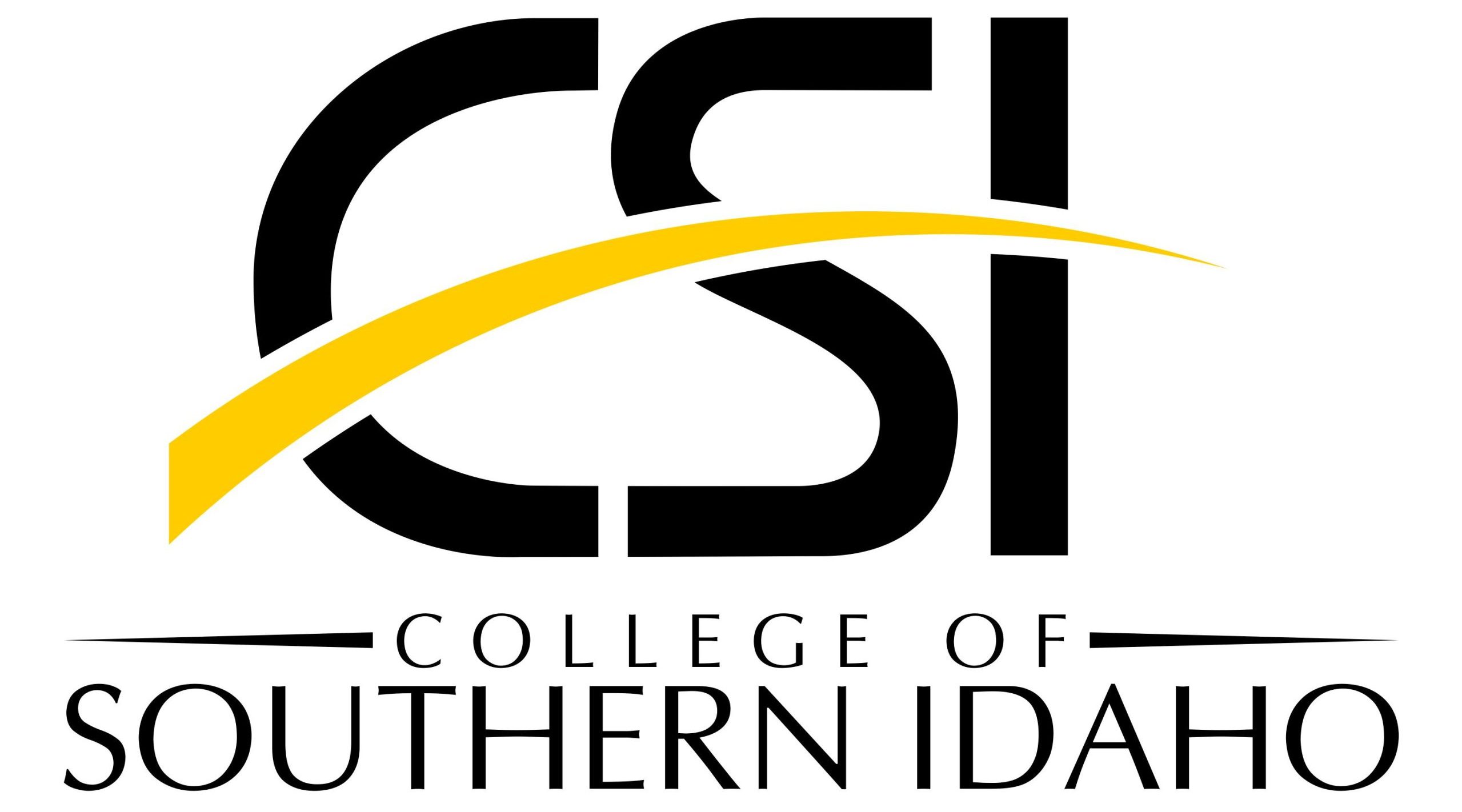5.3 Medical Malpractice
Christine Malone, EdD
Medical malpractice occurs when a patient experiences an adverse outcome due to the treatment, or lack of treatment, received from their healthcare provider. The six most common forms of medical malpractice are:
- Misdiagnosis
- Delayed diagnosis
- Failure to treat
- Surgical injuries
- Birth injuries
- Defective medical devices.
Medical malpractice is governed by tort law, a branch of civil law that deals with civil wrongs or injuries caused by one party to another, resulting in legal liability. Tort law provides a legal framework for individuals to seek compensation for harm or damage caused by the wrongful actions of others. The purpose of tort law is to compensate the injured party and deter others from engaging in similar wrongful conduct.
Types of Medical Malpractice
Misdiagnosis is one of the most common types of medical malpractice in the United States. It occurs when a healthcare provider fails to properly diagnose a patient’s condition, leading to poor outcomes or even death. To prove misdiagnosis in a medical malpractice case, the patient/plaintiff must prove that a similarly skilled provider would not have made the same mistake. Many healthcare providers worry about this type of claim and therefore prescribe additional tests for patients, a practice known as defensive medicine.
A delayed diagnosis claim arises when a patient is eventually diagnosed correctly, but the diagnosis is delayed. For this type of claim to be valid, the delay must result in harm or injury to the patient.
Failure to treat malpractice occurs when a patient does not receive needed care. This can happen if a provider fails to follow up with a patient or does not provide a necessary referral for further care.
Surgical injuries are those that occur before, during, or after a surgical procedure. Examples of surgical malpractice include:
- Wrong-site surgery
- Wrong-patient surgery
- Wrong surgical procedure
- Damage to nerves or tissues during surgery
- Performing unnecessary surgery
- Using non-sterilized surgical equipment
- Leaving surgical instruments inside the patient
- Administering too much or too little anesthesia
- Failing to provide necessary follow-up care

Birth injuries occur when an infant is injured during delivery. Negligence that causes a birth injury can happen when the provider does not perform necessary prenatal care or testing, uses assistive birthing devices incorrectly, does not perform a C-section when one is indicated, fails to monitor the baby after delivery, or makes anesthesia errors.
Defective medical device malpractice claims occur when a patient is injured due to a malfunction or defect in a medical device or equipment. In such cases, the patient may file a malpractice claim against the device manufacturer. To prove this type of claim, the patient must show that the manufacturer knew, or should have known, about the defect.
In order for any type of malpractice claim to be successful, the patient must prove the four elements of malpractice:
- The provider had a professional duty to care for the patient.
- The provider breached that duty.
- The breach caused the patient to sustain an injury.
- The patient suffered damages as a result of the injury.
Defenses Against Malpractice Claims
The best defense against a medical malpractice claim in the medical record is documentation. Healthcare providers must accurately document not only care that was provided but also any care that was not provided (such as when a patient refuses treatment). If the medical record is missing information, the assumption is that the care was not provided. A common phrase in healthcare is, “If it is not charted, it was not done.”
Because the burden of proof in a malpractice claim lies with the patient/plaintiff, the provider needs only to prove that their actions were in line with the standard of care for their profession. In some cases, providers may assert that the patient was responsible, wholly or in part, for their own injury.
A common defense to medical malpractice is in the assumption of risk. Prior to a surgical procedure, patients are asked to sign a consent form that lists possible outcomes, both common and rare. By signing the form, the patient assumes the risks of the procedure. If the patient experiences an outcome listed in the consent form, they will generally not have grounds for a malpractice claim.
There are two types of consent for healthcare services:
- Expressed consent occurs when a patient agrees to the procedure, either verbally or in writing.
- Implied consent occurs when a patient indicates consent nonverbally. For example, when a medical assistant tells the patient that they need to have their blood pressure taken and the patient presents their arm, this is considered implied consent to having their blood pressure taken.
Whether consent is expressed or implied, patients must be informed of possible outcomes before the provider asks for consent. Informed consent consists of explaining to the patient the risks of the procedure, the risks of not undergoing the procedure, and any available alternatives to the procedure. For example, if a provider recommends surgery for a back injury, the patient must be informed of the risks of that surgery (such as nerve damage and paralysis), the risks of not having the surgery (worsening pain), and any alternatives (such as physical therapy or acupuncture).
In some cases, a patient may choose to leave a healthcare facility against medical advice (AMA). If this occurs, it must be properly documented. If the patient experiences a poor outcome after leaving AMA, the healthcare provider will not be held liable.
Statute of Limitations and the Discovery Rule
Each state has a statute of limitations law, which limits the amount of time a victim has to file a malpractice claim. In Washington State, a victim must file their claim within 3 years from the date of the injury. In some cases, the victim may not immediately know they have experienced medical malpractice. For example, a patient who is left with a sponge inside their abdomen after surgery may experience pain but not discover the cause until after the statute of limitations has passed. In a case like this, the discovery rule comes into play. The statute of limitations begins when the patient discovers, or should have discovered, the injury.
Good Samaritan Statutes
Good Samaritan statutes offer legal protection to individuals who provide emergency care to others when they are not acting in an official healthcare capacity. There are four key elements to these statutes:
- The injured person must give permission, if possible.
- The care must not be provided in a reckless manner.
- The person providing the care must not be the one who caused the injury.
- The care must be given in an emergency situation when trained professionals are not yet on the scene.
Good Samaritan statutes are in place to encourage off-duty healthcare professionals to provide emergency care without fear of a malpractice lawsuit. For example, a physician attending their child’s baseball game who witnesses an injury to another player and offers medical care cannot be sued if that player experiences a poor outcome. However, good Samaritan statutes do not cover healthcare providers while they are on duty.
These statutes prevent patients from suing good Samaritans if the care provided causes additional injuries. For example, if a person performs lifesaving CPR on an accident victim and the victim sustains broken ribs as a result, the victim cannot sue that person.

Attributions
- Figure 4.6: image released under the Pexels License
- Figure 4.7: image released under the Unsplash License
Adler, L. (2012, April 17). Understanding patient advocates and patient navigators. Health Works Collective. https://www.healthworkscollective.com/understanding-patient-advocates-and-patient-navigators/
Bryan University. (2018, June 7). Medical billing and coding career paths. Bryan University. https://bryanuniversity.edu/announcements-news/medical-billing-and-coding-career-paths/
Burkot, R. (2024, March 2). What is health information management? Practical Adult Insights. https://www.practicaladultinsights.com/what-is-health-information-management.htm
MPH Staff. (2022, October). What is a health information specialist? Master’s in Public Health Degree Programs. https://www.masterspublichealth.net/faq/what-is-a-health-information-specialist
USF Health. (2022, April 8). Is a career in healthcare data architecture right for you? USF Health Morsani College of Medicine. https://www.usfhealthonline.com/resources/healthcare-analytics/data-architect-job-description-and-salary-information
Online Searches
For many, the job search starts online. Some people search to get an idea of available opportunities and salary ranges, while others are engaged in a more serious job hunt. There are many ways to review online job resources beyond a simple Google search.
The most common websites for job searching include:
- Indeed: A free website that offers salary information and company reviews, although some listings may be outdated
- Monster Jobs: A free website that does not require an account, but it may have fewer search filters and options, as employers cannot post jobs for free.
- Glassdoor: A free website providing salary information and reviews, although reviews can sometimes be biased.
While these websites offer general job listings, job seekers interested in healthcare careers may find more success by exploring specialized job boards for healthcare professionals. These websites are tailored to help job seekers find positions that align with their specific interests, skills, and training. Here are some additional free job search websites focused on healthcare:
- Hospital Careers: Displays jobs by healthcare category and provides additional resources, such as career advice and insights, alongside job postings.
- Health eCareers: Offers search engines by profession, specialty, or location, although it has fewer categories than Hospital Careers.
- iHirePharmacy: Focuses specifically on pharmacy-related jobs, including positions for pharmacy technicians, sales representatives, and pharmacy consultants.
- Nurse.com: One of the largest job boards for nursing positions. In addition to job postings, it provides articles and information on career advancement, nursing schools, and degree programs.
- HealthJobsNationwide: A comprehensive site for healthcare professionals nationwide, which also allows users to upload and boost their resumes (requires an account).
- CareerVitals: Does not require an account and claims to have one of the largest databases of healthcare job listings.
Many job seekers also use LinkedIn or other professional portfolio websites, such as Portfolium, to create profiles, showcase their work, and find jobs. LinkedIn allows users to create free accounts, upload resumes, and connect with other professionals. It functions similarly to social media platforms such as Facebook, offering the ability to get endorsements from connections. Companies can also use LinkedIn to review applicants and recruit for positions. However, for those in immediate need of a job, it may be more effective to proactively search on the websites listed above or use the tips outlined in this chapter.
Professional associations, such as those for nursing or radiology, often provide job postings in their journals, which are typically available to members. These associations can also offer opportunities for continuing education and networking with potential employers.
Job seekers may also refer to government resources such as the U.S. Department of Labor or the U.S. Bureau of Labor Statistics. These websites offer valuable information on job market trends, including salary data and job growth projections. This can help job seekers determine competitive salaries and assess whether training costs align with potential earnings. State-level employment data is also available, such as through the Washington State Employment Security Department, which provides wage and employment information searchable by county.
Finally, various professional organizations, unions, hospitals, clinics, and academic institutions may offer job postings on their websites. Local, state, and national hospital organizations, in particular, often list job openings that can be worth reviewing for those seeking hospital positions.
As part of the job-seeking process, it is essential to research potential employers to ensure that the organization aligns with your career goals and values. This includes reviewing the company’s vision, mission statement, benefits, and employee reviews. Websites where consumers share their experiences can be particularly helpful in providing insight into what both patients and employees think about the organization.
Networking Opportunities
Columbia University (2025) defines networking as the process of making connections and building relationships, which can lead to job opportunities or career advice. Many job seekers use social media platforms, such as LinkedIn, as a form of virtual networking to connect with potential employers. However, in-person opportunities, such as professional conferences and job fairs, can also be valuable for learning about job opportunities and expanding professional networks.
High schools, colleges, and universities often host job fairs for students and alumni. These events may take place in gymnasiums, foyers, or atriums, and typically feature booths and recruiters from organizations with current or upcoming job openings. Some institutions also set up tables to promote educational programs designed to advance careers. For job seekers still uncertain about their career path or preferred organizations, attending a career fair can be an excellent opportunity to ask questions and gain clarity. Recruiters may also provide information about perks such as sign-on bonuses, on-the-job training, and scholarship or loan repayment options, details that may not be readily available online. It is important to arrive at these fairs well-prepared: dressed professionally, groomed, and ready to engage with recruiters.
Professional conferences also provide excellent networking opportunities, although they can sometimes be expensive due to registration fees. Before planning to attend, it is essential to check the registration costs, as some events may be prohibitively expensive, with fees ranging from hundreds to thousands of dollars. However, conferences often feature career expos and presentations by industry practitioners and researchers, which can offer valuable insights into the field.
Job Shadows
If you are still uncertain whether a healthcare career is a good fit, a great way to explore is through a job shadow. A job shadow provides the opportunity to gain valuable experience by observing someone working in a healthcare role you are interested in. For example, if you are considering nursing but want to understand how you would react to blood in a real-life situation (rather than just on TV), shadowing a nurse or CNA for a day can help clarify if this career is right for you. Similarly, shadowing in a dentist's office, a laboratory, or even joining a ride-along with EMTs, search and rescue teams, or paramedics can provide firsthand insight into those professions.
Job shadowing allows you to observe the day-to-day responsibilities of a role, helping you determine if the job aligns with your interests and abilities. Some high schools offer assistance in setting up job shadowing opportunities, but outside of school, it may require individual initiative to arrange a shadowing experience, particularly in a hospital setting. Due to security protocols, space limitations, or availability of positions, volunteering might be an alternative if shadowing is not feasible.

